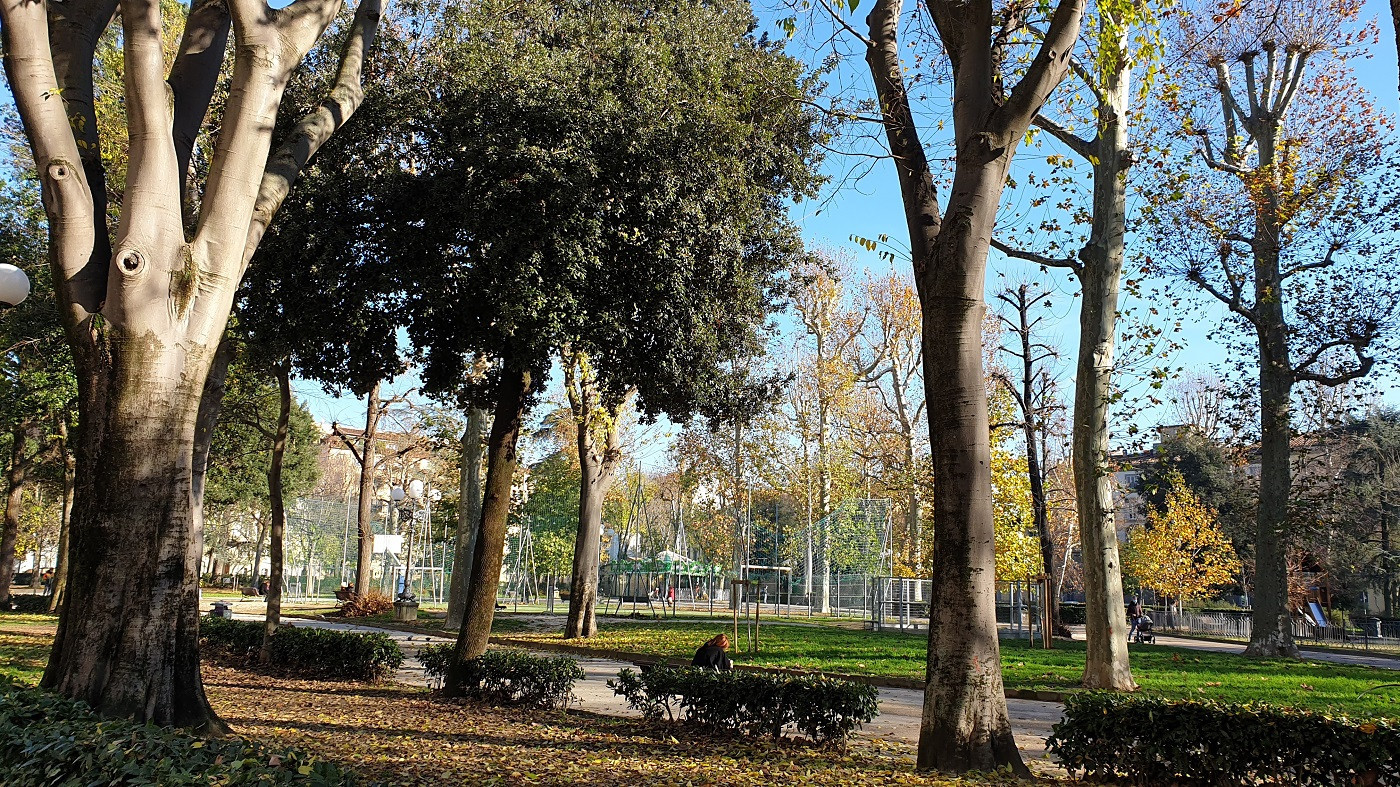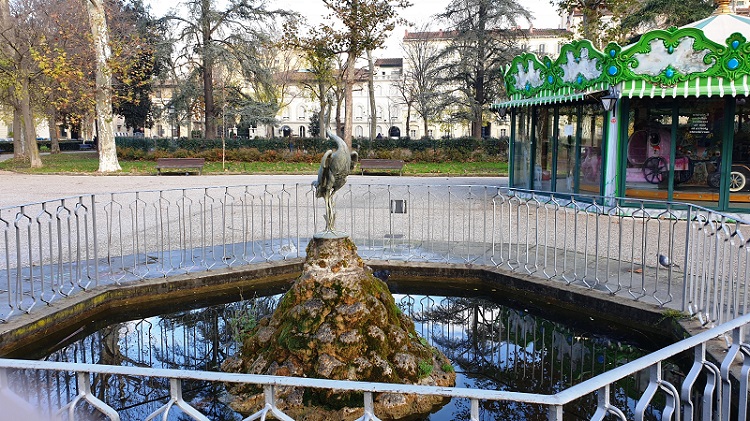
The Gardens of Florence - Piazza Massimo D'Azeglio
Far from the madding crowd! If you
are attending one of our courses, take a break and stroll at --- PIAZZA MASSIMO
D’AZEGLIO. It is a large green space practically in the historic center, its
history is interesting from an urban planning point of view. Before 1865 it was
an area of vegetable gardens and fields within the walls that ran where now
there are the ring avenues. In 1865 the capital of the Kingdom of Italy was
moved from Turin to Florence, waiting to conquer Rome, and in 1864 the
architect Giuseppe Poggi was commissioned to draw up the structure of the new
city in order to house the state bureaucracy and the court with all its annexes.
He made decisions today considered questionable, but the modern city has grown
following his master plan. The area around the current Piazza D'Azeglio was
expropriated and divided into lots within a regular mesh, lots that were
purchased by wealthy bourgeois families and senior state officials, becoming
the most modern and exclusive neighborhood in the center. In fact, a
characteristic of the square is that all the buildings around it are luxurious
buildings and villas of a high architectural level. A cosmopolitan environment
was formed, frequented by politicians, intellectuals, artists and musicians who
lived or were hosted here and crowded the salons where the "important" public opinion
was formed at the time. The name of the square sums up its destiny: the Marquis
Massimo d’Azeglio (1798 - 1866) was an important politician, writer, poet and
painter. The area was structured in lawns, a hexagonal fountain with a statue
of an ibis, patches of plane trees and hackberry (wood from which the whips
were then made!), boxwood and laurel hedges. Until 1940, the square was actually
"private" because it was surrounded by a high gate of which only the
owners of the buildings around had the keys and could use it. With World War II
and the fascist government's campaign to donate "iron to the
homeland" to build weapons, the gates were "donated" and the
square became public! Florence, Piazza Massimo D'Azeglio.




